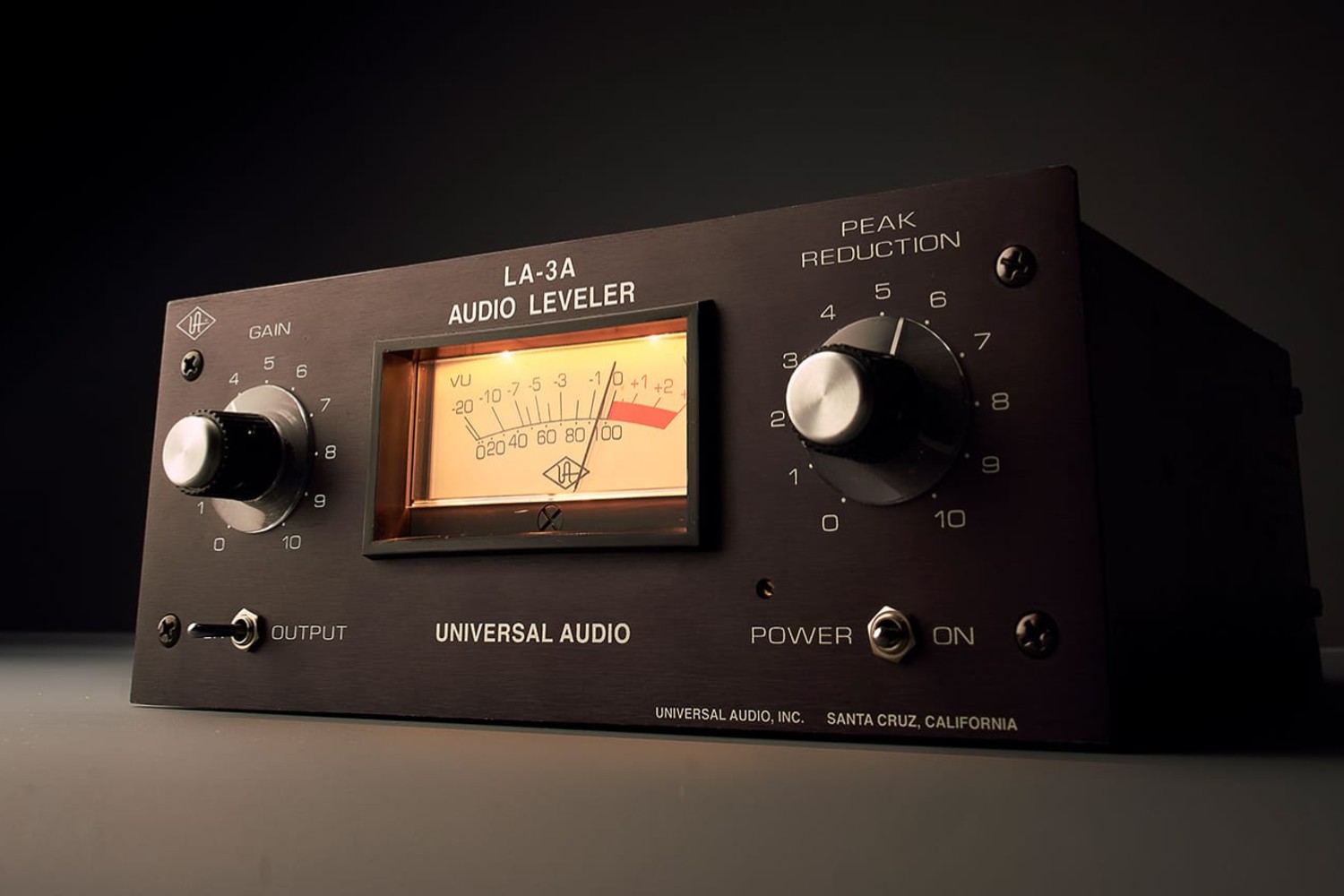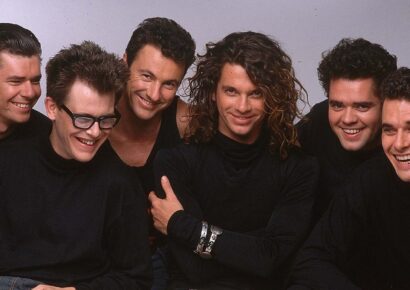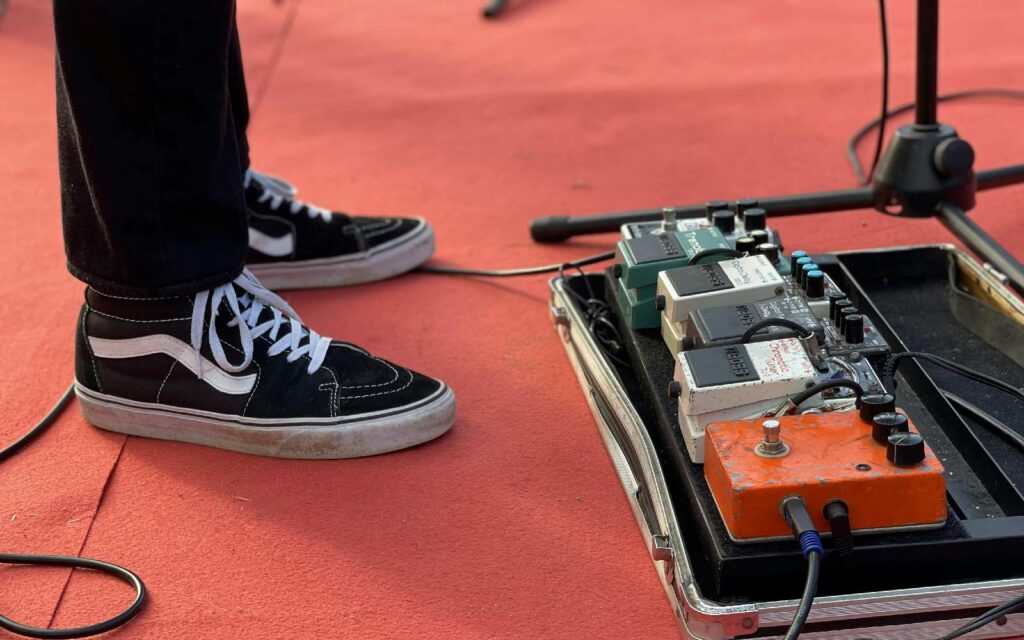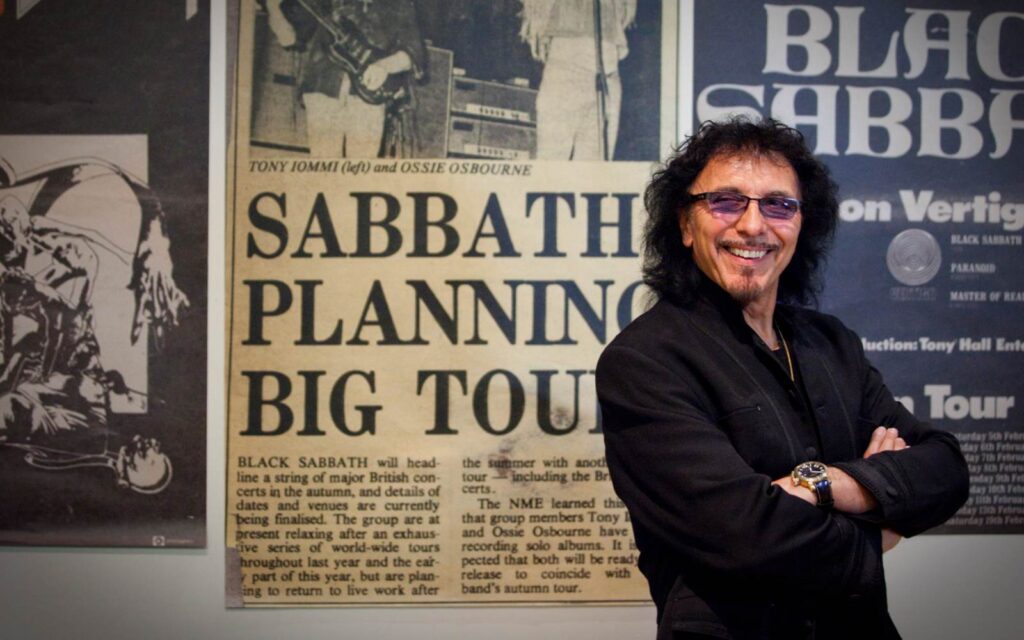There’s a few pieces of audio equipment that have received the honour of being endlessly modelled, cloned, replicated and revered, and the LA-3A is one of them.
Along with its bigger cousin the LA-2A, the LA-3A began its life at Teletronix, before UREI (United Recording Electronics Industries) acquired Teletronix and began to produce their own versions. The LA-3A is a transistor-based version of the larger, tube-based LA-2A, built for faster and more reliable use and response.
Read up on all the latest features and columns here.
The original LA-1 was built by Teletronix’s founder James F. Lawrence II in the late 50s, before the LA-2 took over and was adopted by broadcasting companies such as CBS and RCA for their broadcast audio. The LA-2A was the next generation of these levelling amplifiers, before technology advanced beyond the need for tubes and the LA-3A was born out of that.
LA-3A Optical Compressor
The LA-3A is an electro-optical leveling amplifier, meaning that, like the LA-2A, it uses a light element and detector to communicate how much compression to apply, and how quickly to do it. Depending how much light is being emitted, the light-dependent resistor (LDR) at the other end applies more resistance when it receives more light. Because of the nature of how the LDR receives light, the attack times of an optical compressor are generally slower than their FET counterparts, as the light emitting elements glow to trigger the compressor’s threshold.
Having become a bit of a ‘secret weapon’, partly because it hasn’t received quite the fame of other highly coveted UREI and Universal Audio compressors, the LA-3A nestles itself nicely between fast and slow compressors. It’s not always the go-to for high transient, dynamic sources like drums, and being too fast for sources like the bass, the LA-3A is commonly used on vocals and guitars to push them forward in a mix, positioning them as lead instruments while rhythms take a back seat.
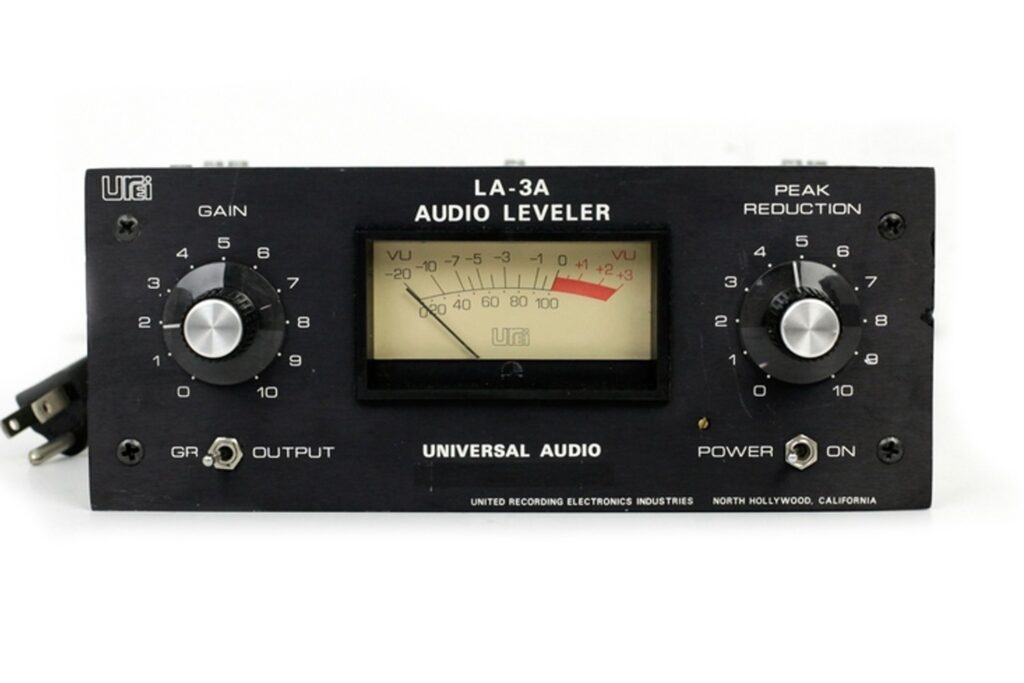
Eagle-eyed readers will notice that the LA-3A omits attack and release settings, much like the LA-2A, instead having ‘preset’ attack and release that’s dependent on the incoming signal. The faster the transient of the incoming sound, the faster the light emitting element will light up, and the faster the compressor will engage. This goes for the release time as well, and as a faster release time can help elements feel more forward in a mix, sources with reasonably balanced dynamic range and gaps of silence, like a vocal or guitar, can be easily refined with the LA-3A. The natural characteristics of these sounds make the LA-3A a perfect match for them.
The LA-3A is also famously a half-rack module, with stereo linking capabilities as well as the option to connect two units to make up a 2U 19” module. While the LA-3A hasn’t had the revisions that the 1176 Limiting Amplifier received, from A to D and beyond, the LA-3A has had subtle changes to the parts throughout the years, making the early models made by Teletronix some of the more favourable, and fetching soaring prices.
The LA-3A is available from Universal Audio as well as a myriad of other manufacturers doing their best emulation of the famous little dynamics helpers, usually recognisable by its single VU meter and simple ‘Peak Reduction’ and ‘Gain’ controls.
The LA-3A builds on a stellar legacy of compression that came from the 60’s and 70’s, built for different uses, employing either tubes or transistors. The LA-3A was the logical progression for the LA-2A, employing the same optical compression, but offering faster attack and a more transparent output. The tubes of the LA-2A are what give it its sound and character, but it is far from clean and transparent, instead imparting grit, weight and saturation. If a clean, forward-sounding compressor is what you’re after, the LA-3A might be your new go-to.
Keeping reading about Universal Audio’s history here.
